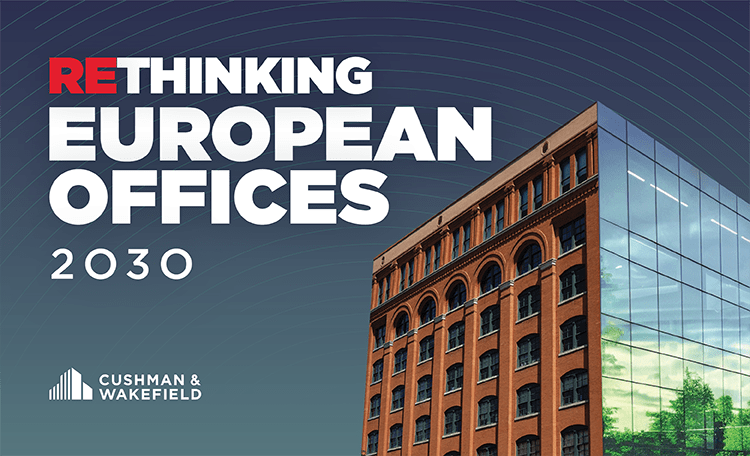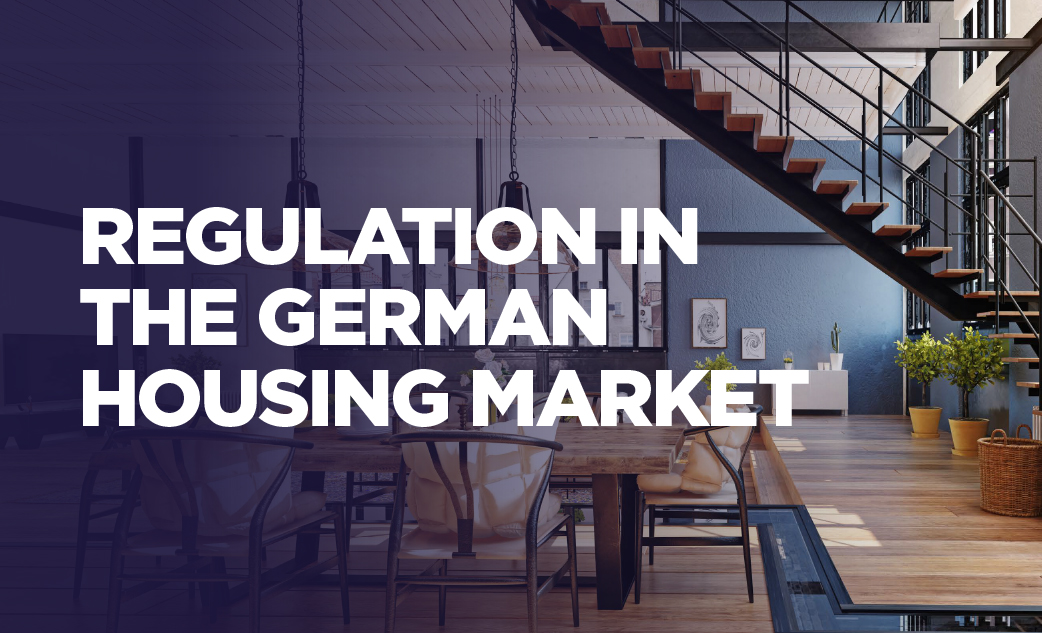Germany's top-5 office markets achieved take-up of 654,000 sq m in Q1 2022, 17 percent higher than last year’s equivalent figure. The quarter marked the best start to the year since 2019.
While a revival in take-up was noticeable in H2 2021, Q1 2022 was slightly weaker in comparison. This was due in particular to the lower number of large deals of 10,000 sq m or more. Only four such large-area leases were signed - there were 17 in the preceding quarter and nine in Q1 last year. In addition, the first quarter of any year is usually the weakest in terms of take-up.

For 2022 as a whole, Cushman & Wakefield expects take-up of 2.9 million sq m - which would be slightly (3.5 percent) above the figure for 2021. This forecast is based on the positive impact of the easing of COVID-19 protective restrictions on the economy. However, the war in Ukraine will have an impact on the economy, including energy prices, energy security and supply chains. The current inflationary environment and the expectation of interest rate hikes have also significantly increased uncertainties and risks in recent weeks.
Take-up increased in four of the top-5 markets - Munich strongest
With 200,000 sq m, Munich is in first place among the top-5 markets - this is almost double last year's figure. Two deals in the size class of 10,000 sq m and above contributed to this result. The largest single first quarter deal was the start of construction for Deutsche Gesellschaft für Internationale Zusammenarbeit (GIZ) in Eschborn (Frankfurt market) which will provide 28,000 sq m of space. With the exception of Berlin, all markets matched or exceeded last year's equivalent result (Düsseldorf +36 percent, Frankfurt +34 percent, Hamburg +4 percent, Berlin -24 percent).
Christian Lanfer, Head of Office Agency Germany at Cushman & Wakefield, comments:
"At the beginning of the year, we are observing a continuing high demand for quality among office users. This applies both in terms of location and quality of fit-out. Many companies have recently been reassessing their future workplace and office models. This applies above all to those companies who are relocating due to expiring leases, expansion plans or for other reasons. For all users, the office must become more attractive. The workforce is now used to working from home and must be won over again to regarding the office as a place for working together and interaction."
Uneven vacancy increase across the top-5
Office vacancy in Germany's top-5 office locations was some 4.09 million sq m at the end of Q1 2022. This corresponds to a vacancy rate of 5.3 percent and is thus 0.7 percentage points higher than 12 months earlier. Over the quarter, the increase was only 0.1 percentage points, however. Across the markets, the picture is mixed: from growth of 0.4 percentage points in Munich and Berlin, through static in Düsseldorf, to slight declines in Frankfurt (-0.1 percentage points) and Hamburg (-0.2 percentage points). By the end of 2022, Cushman & Wakefield expects an increase in the absolute vacancy rate of around 200,000 sq m with a static vacancy rate.

Completion volume at a high level
The high completion volume, which has already been observed for several quarters, continued in Q1 2022. Around 367,000 sq m of new or refurbished office space was completed. This is 82 percent above the five-year average and even represents a doubling of the ten-year average. 82 percent of the space was already let or occupied by owner-occupiers at the time of completion. A further 1.48 million sq m is expected by the end of the year, of which a good 60 percent has already been let. Once again, Berlin made the largest contribution - almost 250,000 sq m in the first quarter. There is currently around 4.5 million sq m of office space under construction in the top-5 cities - increases of 4 and 10 percent respectively compared to the previous quarter and Q1 last year. Of this, 46 percent is already let or occupied by owner-occupiers. The largest construction volumes are in Berlin (1.60 million sq m) and Munich (1.55 million sq m).
Four of the five markets with an increase in prime rents
In Berlin (+ EUR 1.00/sq m) and Hamburg (+ EUR 0.50/sq m), prime rents rose over the quarter - compared to the equivalent quarter last year, there was also growth in Frankfurt and Munich. The prime rent index for the top-5 markets stands at 145.6 points (2010=100) at the end of Q1 2022, having risen by 4.4 percent over 12 months. A further increase of 0.8 percent is expected by the end of 2022. Rent-free periods (so-called incentives) remain stable compared to the previous quarter in the prime city centre locations in all top-5 markets. In relation to a five-year lease, rent-free periods average 5.5 percent across all top-5 markets.






